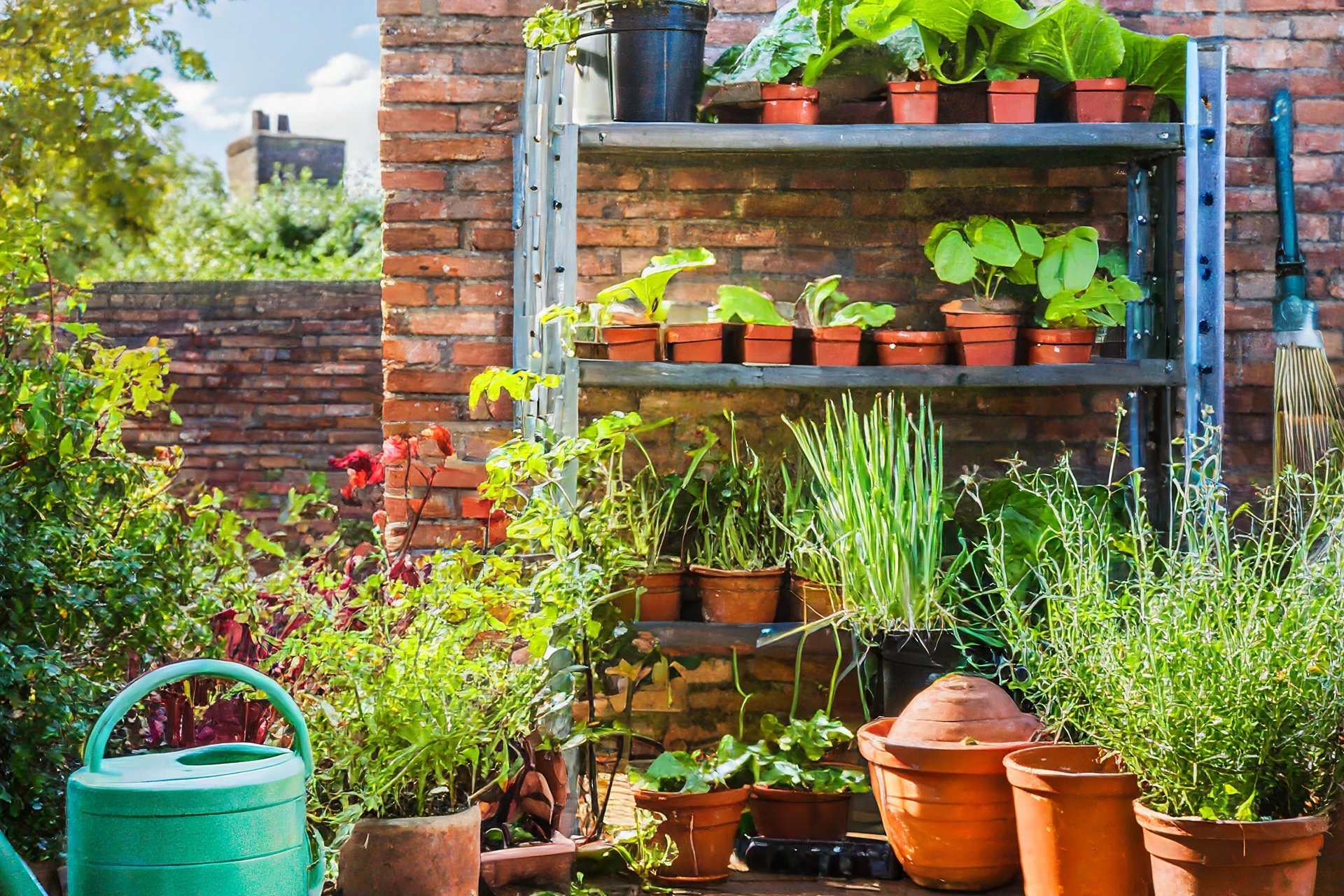Lifestyle
Creating a Thriving Urban Garden: Tips and Techniques

Key Takeaways
- Urban gardening can transform small spaces into lush, productive areas.
- Understanding your climate and choosing the right plants is crucial for success.
- Innovative techniques and tools can enhance your gardening efforts.
Strategic planning is critical to achieving a flourishing urban garden. Assess space and sunlight and utilize vertical and horizontal layouts effectively. Using drip systems or rainwater, maintain soil health efficiently with compost mulch and water. Regular pruning and monitoring enhance plant growth. Consistency and adaptation ensure a vibrant urban garden year-round.
Introduction to Urban Gardening
Urban gardening is gaining popularity as people want to bring greenery into their otherwise concrete jungles. Platforms like this website offer many resources and products to start your urban garden. Whether through rooftop gardens, vertical gardens, or small balcony setups, urban gardening provides a way to bring nature closer to home. It’s fascinating how even a tiny green patch can transform an urban space into a serene oasis.
Critical Benefits of Urban Gardening
Urban gardening has many benefits, such as improving air quality, reducing stress, and providing fresh, home-grown produce. Studies have shown that urban greenery can significantly improve mental and physical well-being. Urban gardens also preserve biodiversity in highly populated regions and lessen the carbon footprint associated with food transportation, two other ways they contribute to sustainability. Growing vegetables ensures access to fresh and organic produce, promoting a healthier lifestyle.
Planning Your Urban Garden
Plan your garden carefully by assessing space, sunlight, and plant types. Based on environmental conditions, consider container gardening or raised beds. First, design the layout on paper, effectively utilizing vertical and horizontal spaces. Group plants by needs and create pathways for easy access, ensuring your garden thrives seasonally with minimal maintenance efforts.
Choosing the Right Plants
Selecting plants that are compatible with your region’s climate is crucial. For example, drought-resistant plants or those that thrive in partial shade may be ideal for specific urban settings. Consult local gardening guides or speak with experts to make informed decisions. Additionally, native plants can ensure better adaptability and require less maintenance. Research the specific needs of each plant type, such as light requirements, soil preferences, and watering schedules, to set yourself up for success.
Innovative Gardening Techniques
Urban gardening often requires creative solutions due to space limitations. Vertical gardening, container gardening, and hydroponics are some techniques that can maximize the available space. According to National Geographic, these methods can be highly effective for urban environments. Vertical gardens can use walls and fences, while containers can be moved to follow the sun. Hydroponics offers soilless growing and can be particularly useful in apartments. These techniques save space and can be visually appealing, adding an aesthetic element to your urban environment.
Maintenance Tips for a Healthy Garden
Regular garden maintenance involves watering appropriately, mulching, and using compost to enhance soil quality and plant vigor. Pruning and deadheading encourage growth and aesthetics. Keep a gardening journal to track successes and failures, improving over time. Set a maintenance schedule for consistency. Use efficient watering techniques like drip systems, conserve rainwater, and prioritize soil health with organic amendments and crop rotation for sustained productivity.
Dealing with Common Urban Garden Pests
Urban gardeners face pest challenges, but natural remedies like neem oil and introducing beneficial insects can help manage common pests. Regular inspections and prevention are crucial. Eco-friendly pest control methods like neem oil and companion planting can attract beneficial insects. Preventative measures include:
- Maintaining garden cleanliness.
- Using row covers.
- Planting pest-resistant varieties.
- Rotating crops to disrupt pest life cycles.
These measures save time and effort, ensuring a productive garden.
Final Thoughts
Urban gardening is a rewarding endeavor that brings numerous benefits. With proper planning, innovative techniques, and regular maintenance, you can create a thriving urban garden even in the smallest spaces. Whether growing herbs on a windowsill or transforming a rooftop into a lush oasis, urban gardening can enhance your quality of life. Happy gardening!
